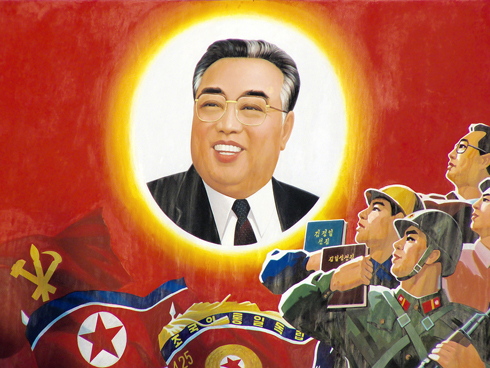
Le message de Nouvel An de Kim Jong-un a mis l’accent, entre autres, sur l’importance des relations inter-coréennes. Si de nombreux observateurs y lisent un signe que la Corée du Nord envisage de s’ouvrir en 2013, des blogueurs et des transfuges plaident pour une autre interprétation, en affirmant que les voeux de Kim véhiculent le même vieux discours depuis cinquante ans.
Le message du dirigeant de Corée du Nord a été bien reçu par certains organes de média d’Occident et de Corée du Sud. Le New York Times, par exemple, a estimé [en anglais] que l’allocution de Kim était une ‘ouverture’ pour le Sud. Le journal était intrigué en particulier par la réflexion de celui-ci que “la clé pour mettre fin à la division de la nation et réaliser la réunification est de mettre fin à la situation de confrontation entre le Nord et le Sud”. Certes, on peut dire la même chose de la conviction de Kim qu’un “pré-requis fondamental pour améliorer les relations Nord-Sud et faire progresser la réunification nationale est d’honorer et appliquer les déclarations conjointes Nord-Sud”.
